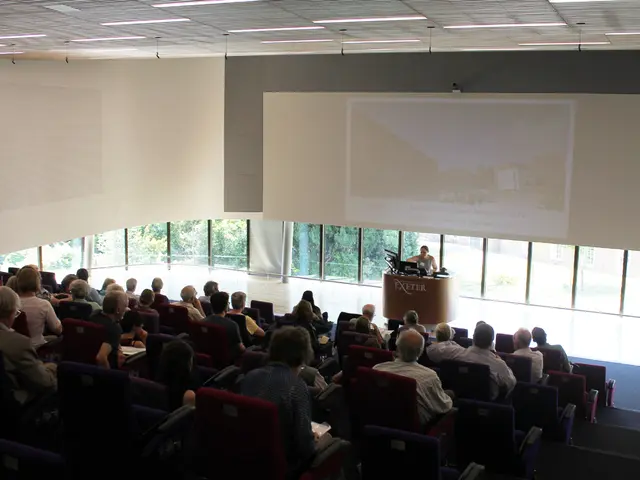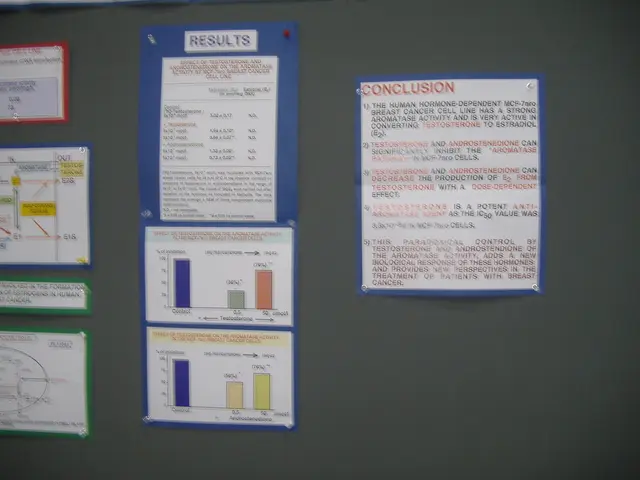Angelman Syndrome: Laughter Linked to Unique Brain Changes
Angelman syndrome, a genetic disorder, is often associated with a distinctive trait: frequent laughter and smiling in affected patients. This happiness is not linked to seizures, as previously thought, but stems from unique brain changes.
Research has revealed that several brain regions, including the frontal cortex, nucleus accumbens, and supplementary motor area, play a significant role in laughter. In Angelman syndrome patients, these regions, particularly in the left hemisphere, may have structural differences and altered connectivity. A review of 64 studies confirmed that 842 patients consistently displayed happiness or laughter.
The cause of this laughter is primarily linked to a genetic alteration on chromosome 15, leading to dysfunction in neural pathways that regulate emotion and social behaviors. This neurological disruption results in the characteristic frequent smiling and laughing in patients. However, as patients age or face health issues, their laughter may decrease. In some cases, inappropriate laughter unrelated to context may occur, potentially due to increased anxiety.
Angelman syndrome patients are known for their cheerful demeanor, with laughter not related to seizures. Brain structure and connectivity differences contribute to this trait. While it's a distinctive feature, it's important to understand the underlying neurological causes and potential changes over time.
Read also:
- FDA's Generic Mifepristone Approval Sparks Pro-Life Concerns Over Safety and States' Rights
- Understanding Child Development: Causes and Signs of Delays
- Top Superfoods for Hormonal Health: Avocados, Berries, Flaxseeds, Turmeric, and Cruciferous Veggies
- Pope Francis' New Book 'Let Us Dream' Offers Unity and Hope for Post-Covid World







